Being told to “sleep on” a big decision is quite common – and a Banchory hypnotherapist says there’s a scientific explanation for why it can help.
Despite the fact everyone spends around one-third of their lives asleep, there are still questions about exactly why we need to and how it’s beneficial.
Research has suggested that the nightly phase of rapid eye movement (REM) sleep – when our dreams are most intense – can help us process upsetting events and trauma.
And it can also be useful when we’re facing a tough dilemma we can’t quite crack.
Anne Wyatt, who also lectures in hypnotherapy at a specialist school in Newcastle, explained: “Sleep helps us to learn more effectively, form long-term memories, problem solve and put things into perspective.
“We dream every night, it’s just that many of us don’t remember them.
“It turns out that the familiar phrase ‘sleep on it, it will feel better in the morning’ is actually supported by neuroscientific research.”
‘It’s time for bed, but our brain is still on full power’
It can be a tough balance, however, as the daily stresses of modern life can make it hard for us to nod off.
Anne explained: “We may well decide that the time is right for bed, but somehow our brain is still on full power with no sight of the off switch anywhere.
“For many of us, it then decides to power up again in the early hours of the morning, regardless of our body’s need for more sleep.
“We might even find ourselves sleeping too much.
“Either way, it is exhausting – and the vicious cycle between stress, disrupted sleep, and then even more stress tightens.”
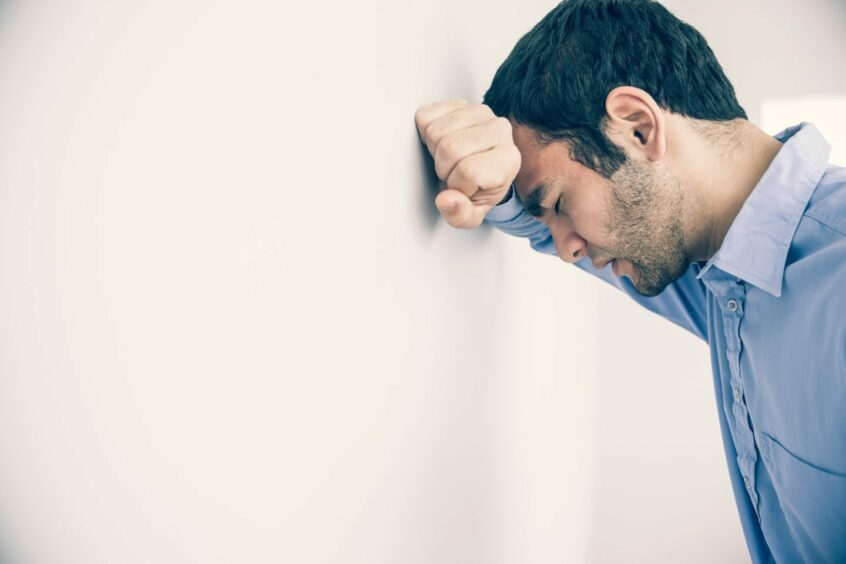
Over time this lack of sleep can leave us feeling more anxious or depressed – and can leave everyday decisions feeling more challenging.
“The more anxious we become, the more our brain operates from a survival mode, often referred to as fight, flight or freeze,” Anne added.
“Our brain is still on red alert and can remain hyper-vigilant during the night, meaning that it is hard to nod off, we sleep lightly and are disturbed easily.
“When we go to sleep the brain normally reduces stress levels during the dreaming phase as it reruns the events of the day – removing emotion, deleting information not needed and storing anything that is relevant.”
According to the NHS, the average adult requires seven to nine hours of sleep each time, children need 9-13 hours, while infants and toddlers need 12-17 hours.
Read more:
Struggle to sleep in the heat? Try Aberdeen specialist’s quick and simple life hacks
Researchers identify two drugs effective at treating insomnia
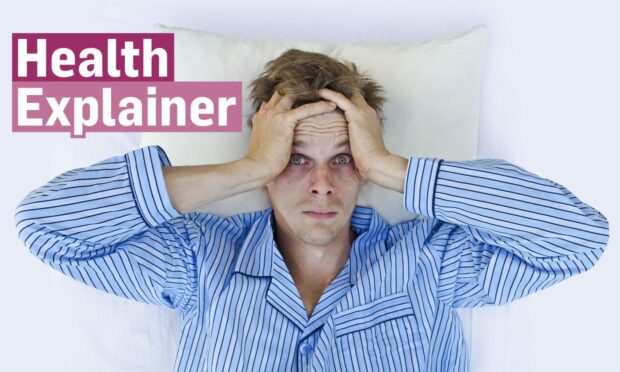
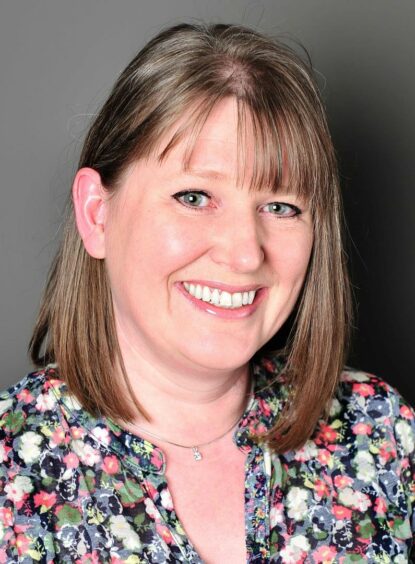
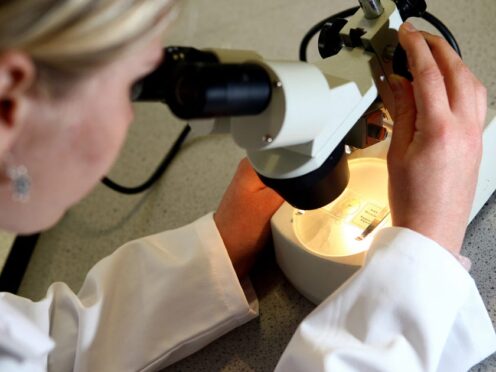
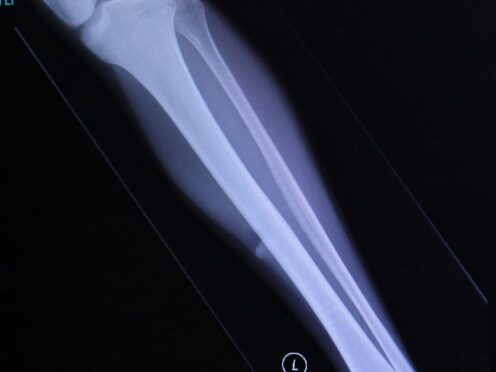
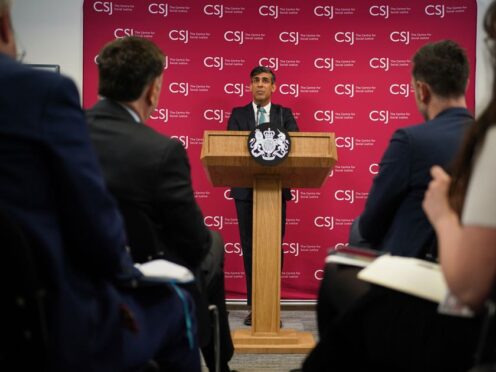
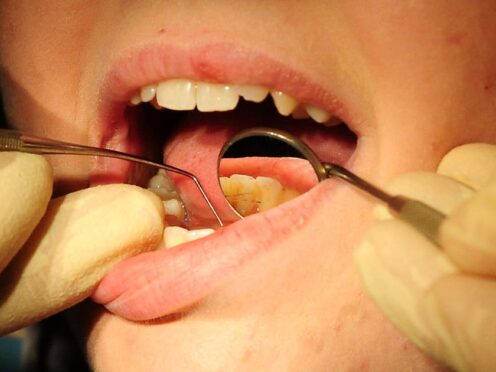
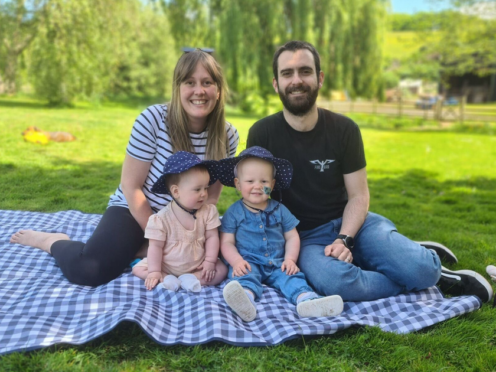
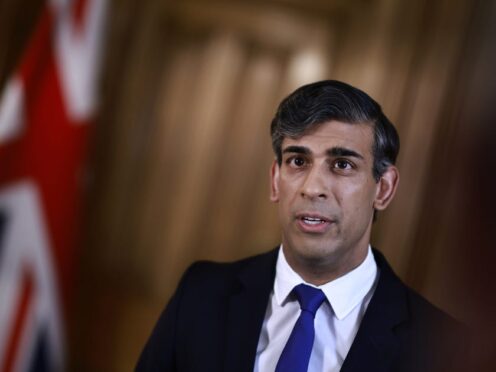
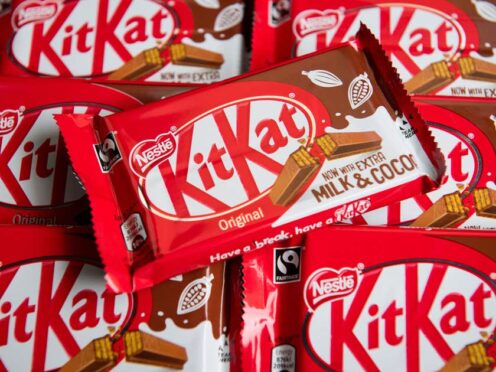

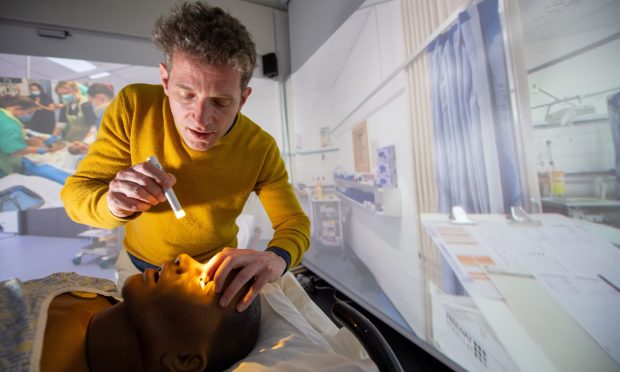

Conversation